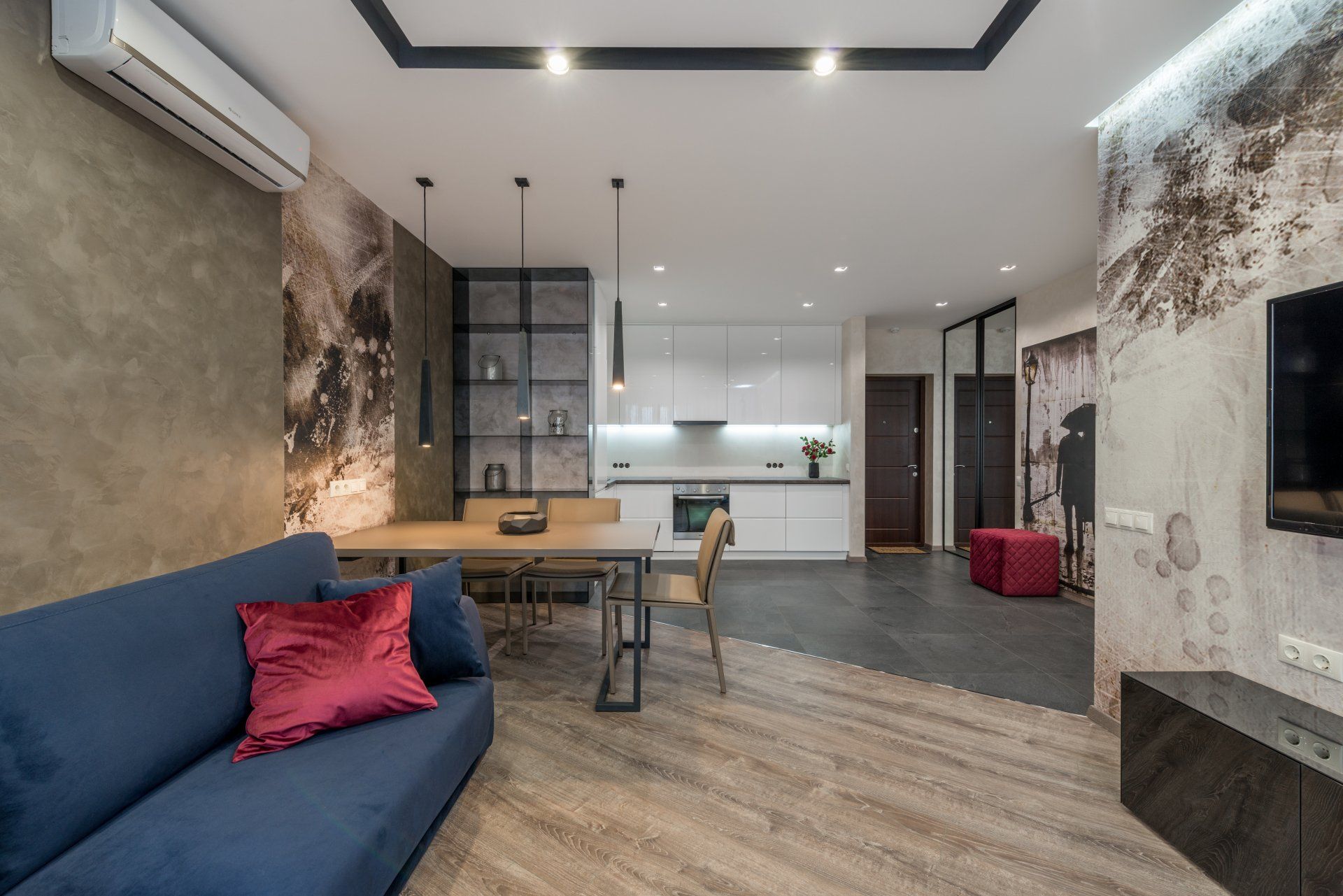The Right Way to Optimize Your Title Tags: How to Maximize Local SEO Rankings
When it comes to local SEO, optimizing your title tag is one of the most impactful strategies for improving your rankings in Google. But here's the kicker – not everyone is getting it right. The common myth is that title tags should be kept short, simple, and to the point. But there's more to it than just keyword stuffing or hitting a "character limit." Let's break down why title tag optimization is crucial and how to make sure you're doing it right.
Why Title Tags Matter for Local SEO
A title tag is a key element in determining how well your site ranks in local search results. It appears at the top of your page and in the search results, making it one of the first things people (and search engines) see when they visit your site.
The Mistake People Make
Many businesses either don’t optimize their title tags at all or use generic terms that won’t help them rank. For example, a title tag like "Home" or just the business name isn’t going to do much to help your SEO. It's essential to strategically craft your title tags with the right keywords and location for maximum impact.
Step 1: Use Keywords Wisely
Start by identifying the most important keywords for your business. These should align with what people are searching for when looking for services you provide. For a Richmond, VA plumber, for example, “plumber Richmond VA” or “emergency plumbing Richmond VA” are great keywords. Make sure to include these in your title tag but avoid overstuffing it.
Pro Tip: Use Google My Business (GMB) categories as a starting point. Your business category is likely already a keyword that can be incorporated into your title tag.
Step 2: Add Locations to Target
Local SEO thrives on location-specific keywords. Including the city or neighborhood in your title tag is key. For example, "Jim’s Electrical Services in Richmond, VA – Trustworthy Electrical Services" would be a great title tag to rank for services in the area.
Pro Tip: Don’t limit yourself to just the primary city; include surrounding areas or neighborhoods where your business operates. It can broaden your reach and increase your chances of ranking for multiple local searches.
Step 3: Make It Click-Worthy
A title tag is more than just a ranking factor – it’s also a sales pitch. If your title doesn’t stand out, users will scroll right past it in the search results. Add an element that makes your title tag enticing and unique. Phrases like "trusted," "reliable," or "same-day service" can make a big difference.
Pro Tip: Make sure the first part of your title tag includes the most important keyword and location, but reserve the end for something catchy that will encourage users to click.
Step 4: Don’t Stress About the Length
There’s no hard-and-fast rule for how long a title tag should be. The common misconception is that title tags need to fit within a 50-60 character limit. While Google does truncate title tags if they’re too long, don’t worry about maximizing your space – use as much as you need to properly optimize it.
Here are the facts:
- 2022 research by Zippy shows that Google rewrites about 60% of the title tags in its SERPs.
- In 2021, Google’s John Mueller confirmed that the original title is still used for rankings even when it gets rewritten in the SERPs.
Pro Tip: Use the ellipsis (three dots) to your advantage. Keywords and location information can go beyond what’s visible in the search results, still contributing to your rankings without affecting the display in search results. Come up with a compelling, click-worthy H1 that Google can use in the SERPs instead of your original keyword-stuffed title tag.
Step 5: Don’t Overload with Brand Names
This one’s a little controversial. For well-known brands, including the brand name in the title tag is a no-brainer. But for local businesses with less recognition, it’s often better to focus more on what the customer is searching for – not your brand.
Pro Tip: If your brand name isn’t widely recognized or searched, skip it. Instead, focus on the keywords that will bring in traffic and increase your visibility in local search results.
Final Thoughts: Optimizing Title Tags for Local SEO Success
Optimizing your title tags is one of the simplest yet most effective ways to improve your local SEO rankings. By incorporating high-value keywords, targeting localities, and creating catchy titles that attract clicks, you’re giving your website the best chance to stand out in local search results. So, take the time to craft compelling title tags, and you’ll start seeing an improvement in both rankings and click-through rates.
Remember, when it comes to title tags, it’s not just about fitting within a set character limit or inserting a keyword – it’s about crafting a title that’s optimized for search and enticing for the user. Stay focused on the key elements, including keywords, location, and user engagement, and you’ll be well on your way to dominating local search results.


Indispensable Marketing takes a process approach to developing and installing your small business marketing.


